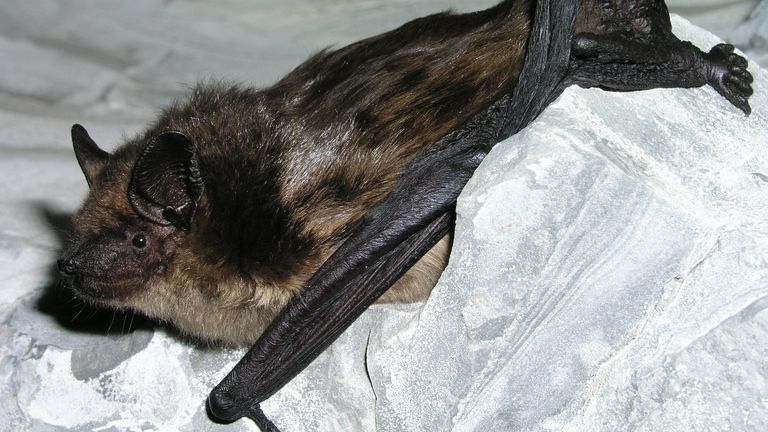Researchers have found that a species of bat uses its penis in a unique way during reproduction, avoiding penetration completely.
Researchers from the University of Lausanne in Switzerland studied the serotine bat, which has a penis about seven times longer than its partner’s vagina.
The animal also has a heart-shaped head that is seven times wider than the vaginal opening. The size and shape in theory makes penetration impossible.
However, the researchers say the bats use their oversized penises like an extra arm to push the female’s tail sheath out of the way.
The unique use of the appendage allows the bats to engage in contact mating – a behaviour more commonly seen in how birds reproduce.
First author Nicolas Fasel said: “By chance, we had observed that these bats have disproportionately long penises, and we were always wondering, ‘How does that work?’.
“We thought maybe it’s like in the dog where the penis engorges after penetration so that they are locked together, or alternatively maybe they just couldn’t put it inside, but that type of copulation hasn’t been reported in mammals until now.”
The researchers observed the unique mating ritual with cameras placed behind a grid the bats could climb on.
Their studies found that during mating. the male bats grasped their partners by the nape and moved their pelvises in a probing fashion until they made contact with the female.
At this point they remained still and held the females in a long embrace. These lasted some 53 minutes on average, with the longest incident stretching to 12.7 hours.
Read more:
First grey seal pups of the winter born in England’s largest colony
Chimps make sounds ‘like human babies’ as they learn to speak
 Image: The serotine bat has a penis about seven times longer than its partner’s vagina, making traditional penetration seemingly impossible
Image: The serotine bat has a penis about seven times longer than its partner’s vagina, making traditional penetration seemingly impossible
After mating, the researchers observed the female bats’ abdomens appeared wet, suggesting the presence of semen. Further research is needed to confirm that sperm was transferred during events.
The researchers suggested the male bats may have evolved their oversized penises in order to push aside the female bats’ tail membranes, which females may use to avoid sex.
Professor Fasel suggested: “Bats use their tail membranes for flying and to capture the insects, and female bats also use them to cover their lower parts and protect themselves from males, but the males can then use these big penises to overcome the tail membrane and reach the vulva.”
The researchers collaborated with a bat rehabilitation centre in Ukraine, which filmed mating pairs, and with Jan Jeucker, a bat enthusiast and citizen scientist who filmed hours of footage of serotine bats in a church attic in the Netherlands.
Altogether, the team analysed 97 mating events – 93 from the Dutch church and four from the Ukrainian bat rehabilitation centre. The findings are published in the Current Biology journal.
